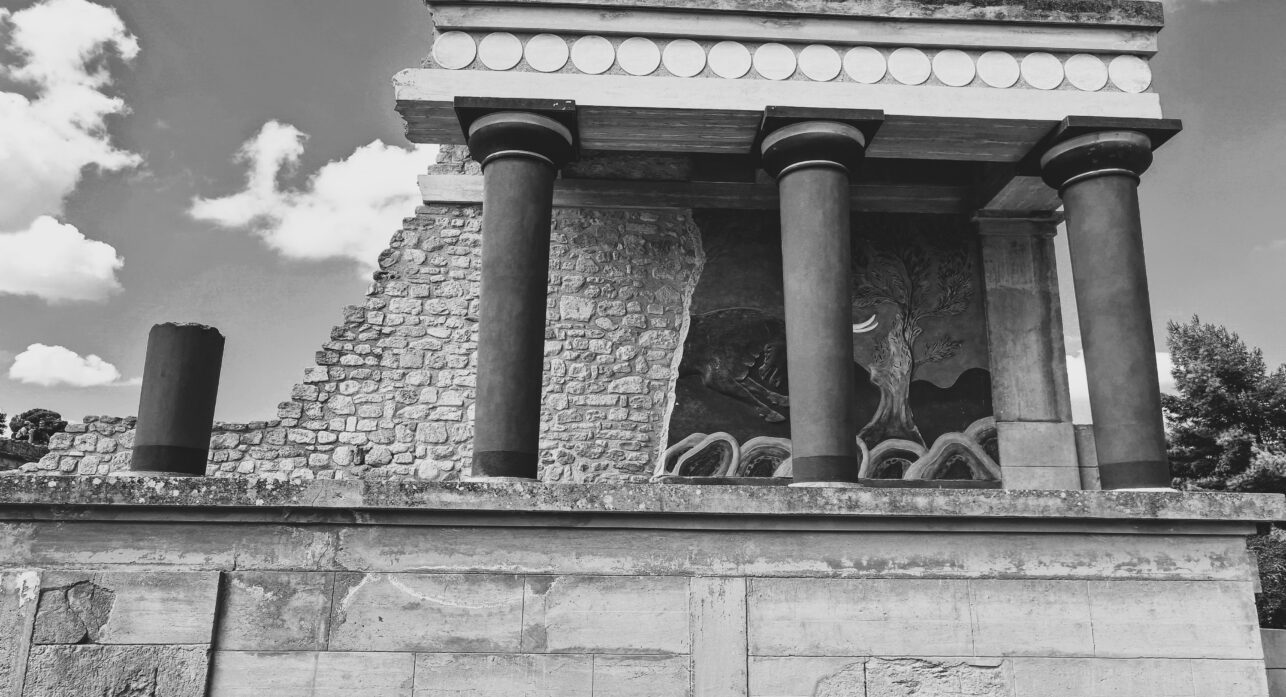by Christos Zabounis
The Ministry of Culture is justifiably celebrating the inscription of the Minoan Palace Centers on the UNESCO World Heritage List (United Nations Educational, Scientific and Cultural Organization). One doesn’t need to be a cultural editor to understand the benefits for these specific monuments (the Palaces of Knossos, Phaistos, Zakros, Malia, Zominthos, and Kydonia). It is enough to observe the promotion of quality tourism across the 1,223 sites in 168 countries. Curiously, our country is not among the top positions in the global ranking. Only 20 monuments from Greece are included on the List, with obvious selections such as the Acropolis of Athens, the archaeological sites of Delphi, Olympia, Aigai (Vergina), Delos, Mycenae, Mount Athos, Meteora, the Medieval City of Rhodes, the Chora of Patmos with the Monastery of Saint John the Theologian and the Cave of the Apocalypse, among others. But how many other nomination dossiers for significant landmarks are gathering dust in the ministry’s offices, not advancing in the official submission process to UNESCO? What comes to mind is the Nomination Dossier for the Monastery of Panagia Hozoviotissa, along with the Chora of Amorgos, a file prepared by an Italian philhellene, Giovanni Perotti, as early as 2014. The process, of course, is not easy, as it requires an evaluation of each site’s outstanding universal value by ICOMOS, the International Council on Monuments and Sites, before it can be approved in the vote of the annual session of the World Heritage Committee, which consists of 21 member states, including Greece. Last Sunday, at the 47th Session, the above Committee inscribed the Minoan Palace Centers on the List, followed by celebratory statements from institutional bodies—even from the PASOK president Nikos Androulakis, due to local ties.













